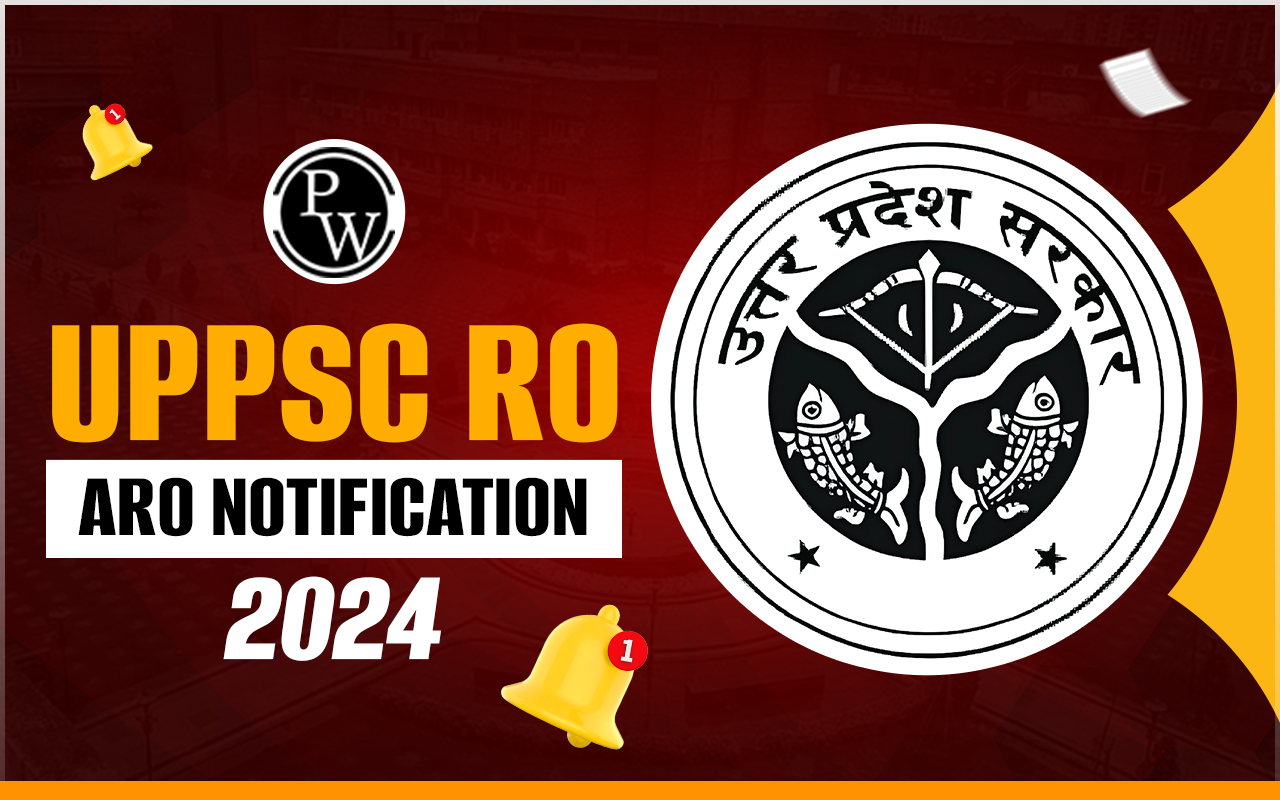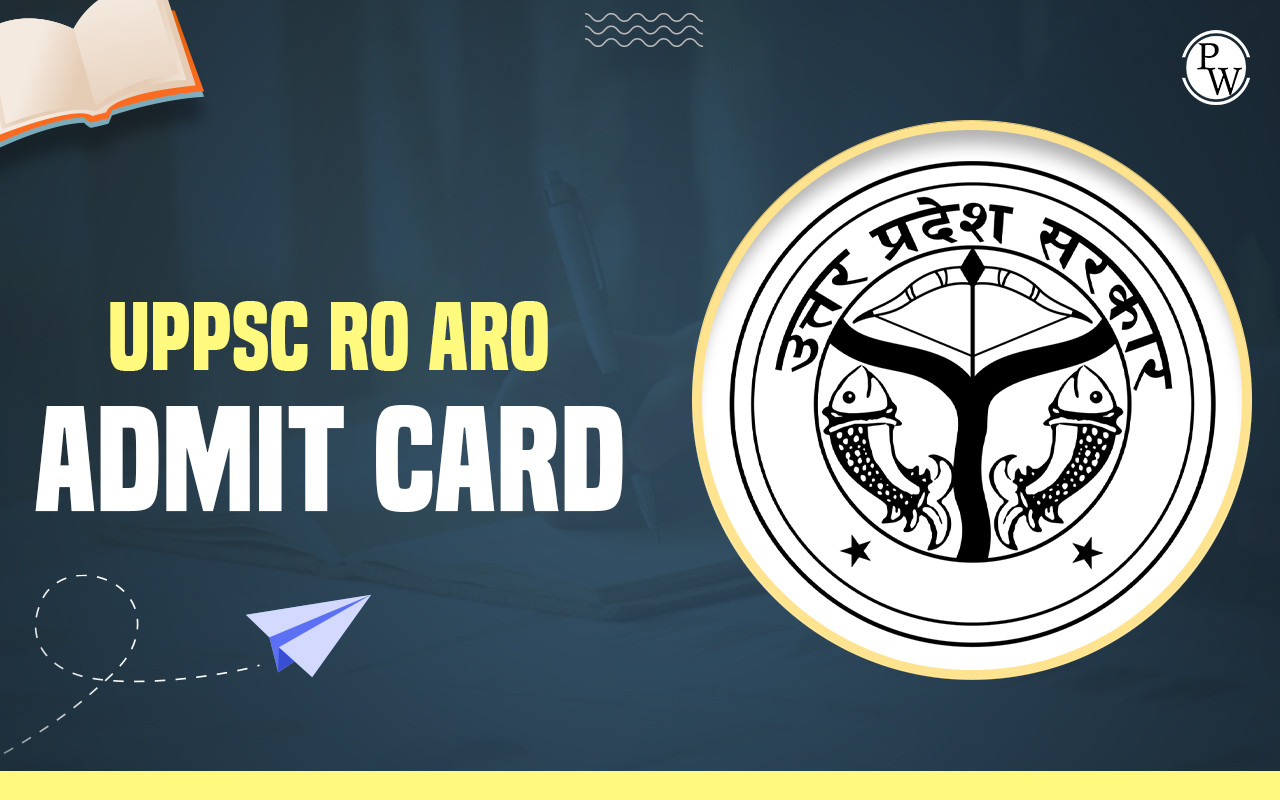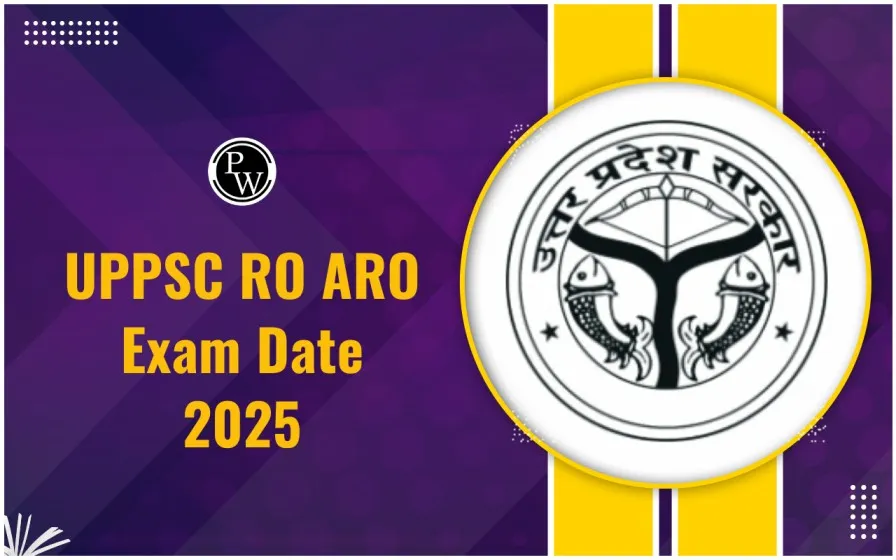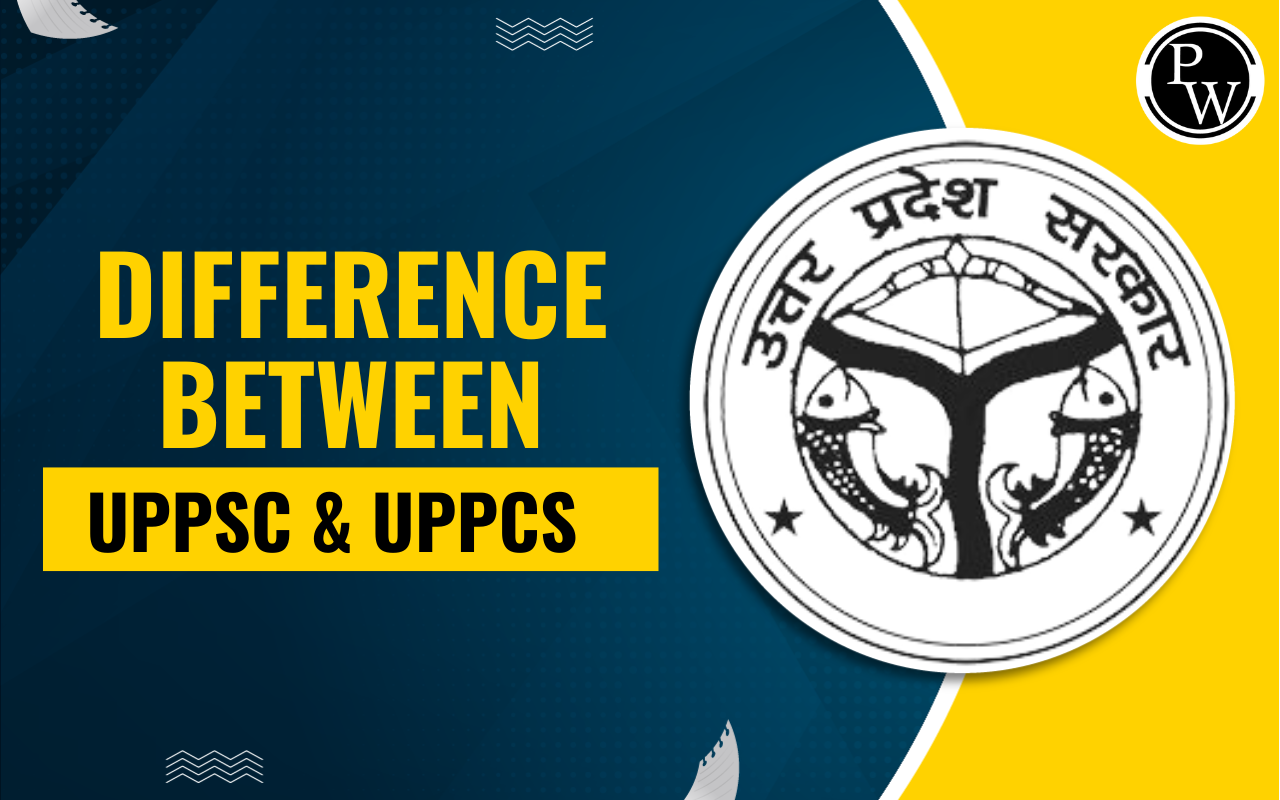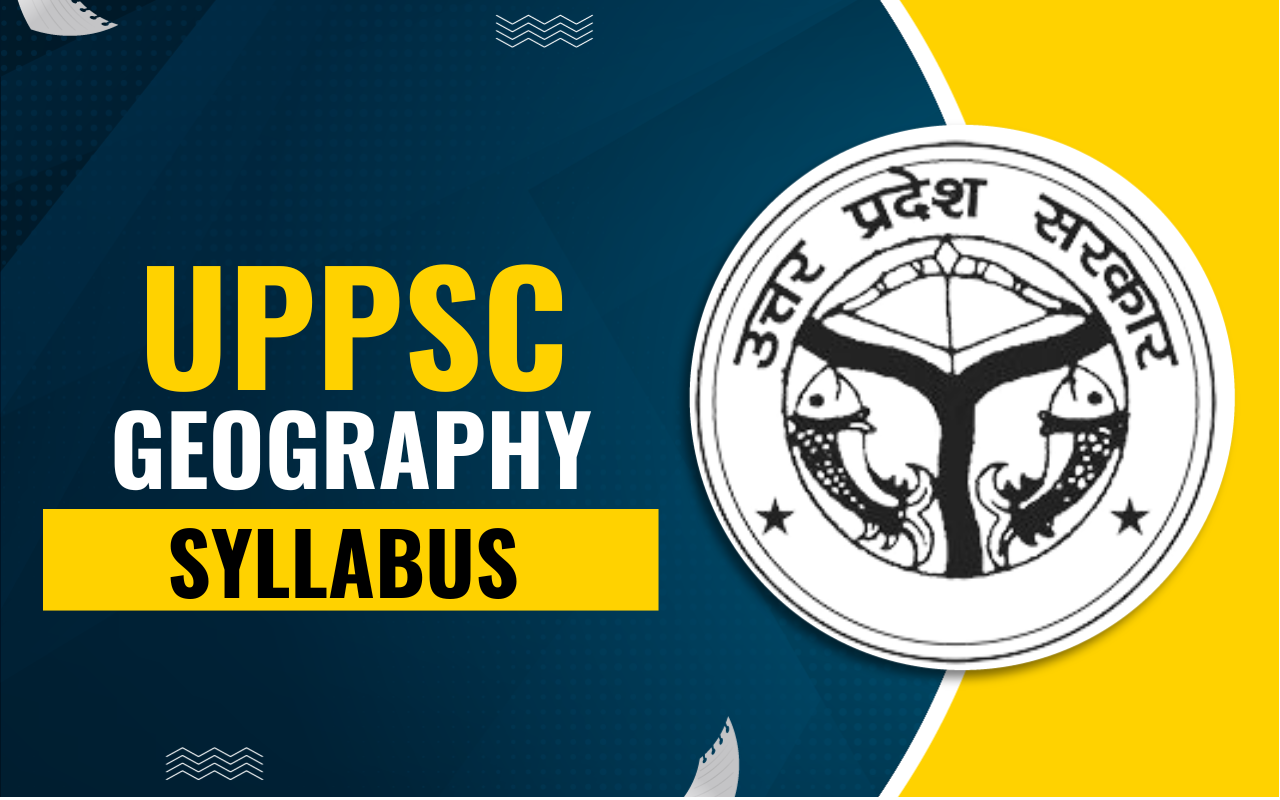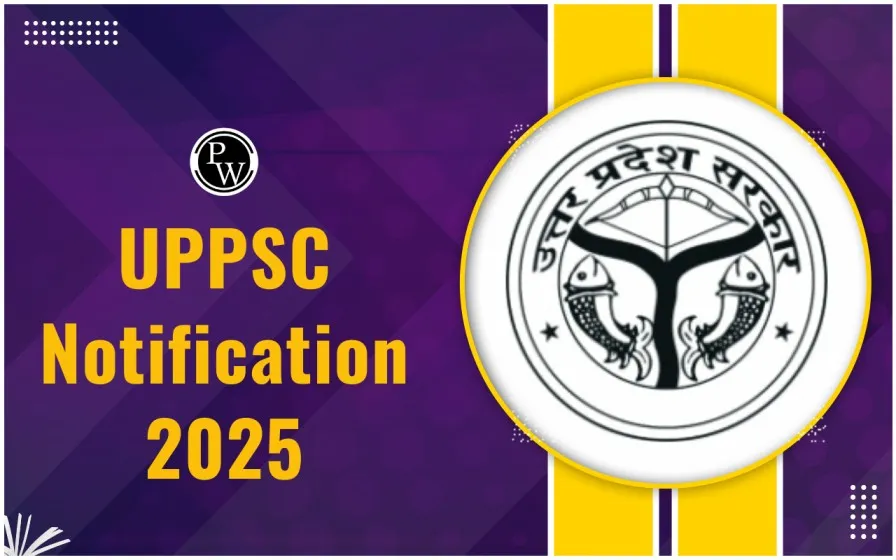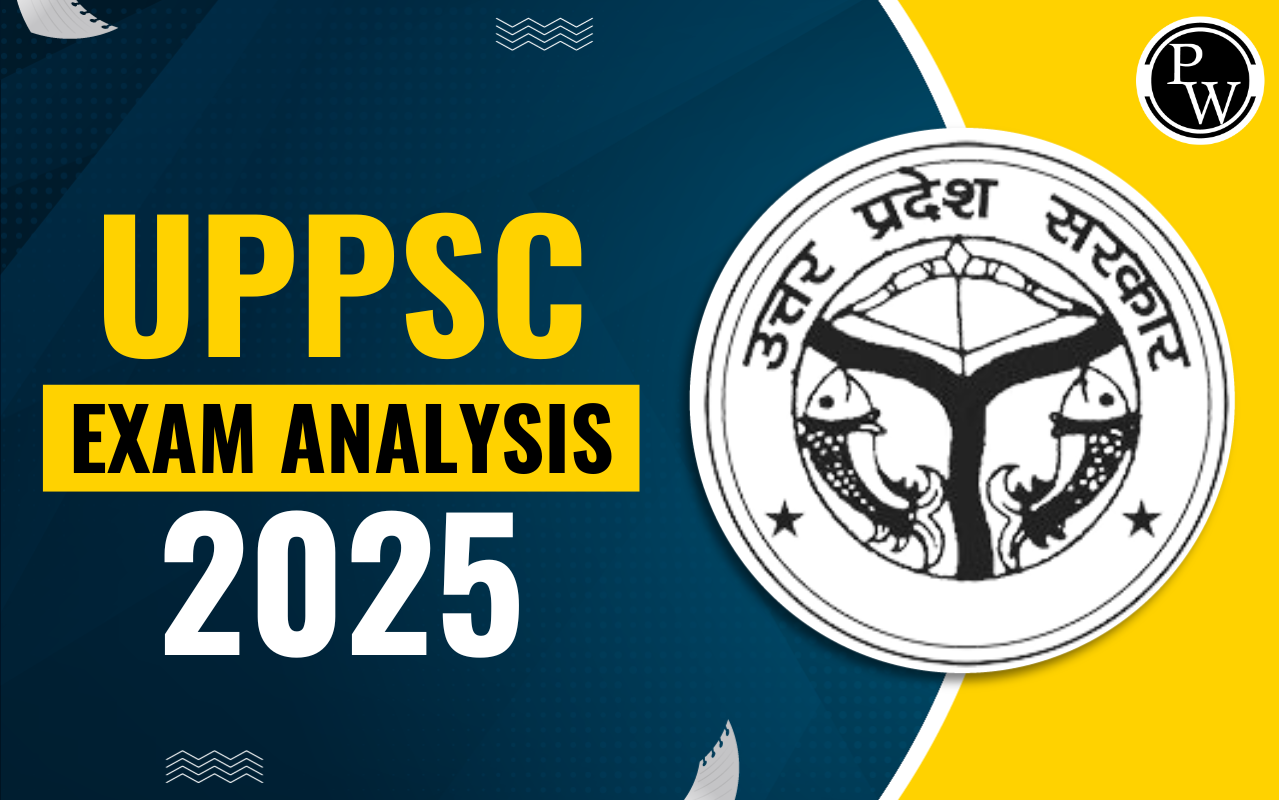
UPPCS Botany syllabus covers key areas of plant science essential for civil service aspirants. It includes topics like plant diversity, taxonomy, and anatomy; cell biology and genetics; plant physiology, including photosynthesis and respiration; and ecology and environmental botany. It also covers economic botany, ethnobotany, biotechnology, plant breeding, and tissue culture.
Candidates must understand evolutionary patterns, plant classification systems, and ecological interactions. The syllabus also includes recent advances in plant sciences, making it important to stay updated with current research and developments in the field.
Check: UPPSC Syllabus 2025
UPPCS Botany Syllabus Overview
The UPPCS Botany syllabus covers key areas of plant science, including taxonomy, anatomy, physiology, genetics, ecology, and biotechnology. It is divided into two papers focusing on both theoretical concepts and practical applications.
This optional subject is ideal for candidates with a science background. Check the detailed syllabus below for a complete breakdown of all important topics.
|
UPPCS Botany Syllabus Overview |
|
|
Organisation |
UPPCS (Uttar Pradesh Public Service Commission) |
|
Subject |
Botany |
|
Paper Structure |
Optional Subject (2 papers) |
|
Paper I Topics |
- Microbiology and Plant Pathology - Cryptogams (Algae, Fungi, Bryophytes, Pteridophytes) - Gymnosperms and Angiosperms - Taxonomy and Classification - Plant Anatomy and Embryology |
|
Paper II Topics |
- Cell Biology and Genetics - Plant Physiology - Biochemistry and Molecular Biology - Ecology and Environmental Botany - Economic Botany and Ethnobotany - Biotechnology and Genetic Engineering - Plant Breeding and Tissue Culture |
|
Focus Areas |
Conceptual understanding, applied knowledge, recent advances, and ecological awareness |
|
Relevance |
Useful for agriculture, forestry, and environment-related services in UPPCS |
Check: UPPSC Mathematics Syllabus
Detailed Topics in UPPCS Botany Syllabus
Below, we have provided the detailed topics included in the UPPCS Botany syllabus for both Paper I and Paper II. The syllabus covers core areas like plant diversity, anatomy, physiology, genetics, ecology, biotechnology, and economic botany. These topics are designed to test both conceptual clarity and applied knowledge essential for candidates opting for Botany as an optional subject.
UPSC Botany Syllabus for Paper 1
The UPSC Botany Paper 1 syllabus focuses on fundamental concepts such as microbiology, cryptogams, phanerogams, plant resources, and morphogenesis. It emphasizes both theoretical and applied knowledge. Check the detailed syllabus topics below for a comprehensive understanding.
|
UPSC Botany Syllabus for Paper 1 |
|
|
Topics |
Detailed Syllabus |
|
1. Microbiology and Plant Pathology |
Structure and reproduction/multiplication of viruses, viroids, bacteria, fungi, and mycoplasma; Applications of microbiology in agriculture, industry, medicine, and in control of soil and water pollution; Prion and Prion hypothesis. Important crop diseases caused by viruses, bacteria, mycoplasma, fungi, and nematodes; Modes of infection and dissemination; Molecular basis of infection and disease resistance/defense; Physiology of parasitism and control measures. Fungal toxins. Modeling and disease forecasting; Plant quarantine. |
|
2. Cryptogams |
Algae, fungi, lichens, bryophytes, pteridophytes — structure and reproduction from evolutionary viewpoint; Distribution of Cryptogams in India and their ecological and economic importance. |
|
3. Phanerogams |
Gymnosperms: Concept of Progymnosperms. Classification and distribution of gymnosperms. Salient features of Cycadales, Ginkgoales, Coniferales and Gnetales, their structure and reproduction. General account of Cycadofilicales, Bennettitales, and Cordaitales; Geological time scale; Type of fossils and their study techniques. Angiosperms: Systematics, anatomy, embryology, palynology, and phylogeny. Taxonomic hierarchy; International Code of Botanical Nomenclature; Numerical taxonomy and chemotaxonomy; Evidence from anatomy, embryology, and palynology. Origin and evolution of angiosperms; Comparative account of various systems of classification of angiosperms; Study of angiosperm families — Magnoliaceae, Ranunculaceae, Brassicaceae, Rosaceae, Fabaceae, Euphorbiaceae, Malvaceae, Dipterocarpaceae, Apiaceae, Asclepiadaceae, Verbenaceae, Solanaceae, Rubiaceae, Cucurbitaceae, Asteraceae, Poaceae, Arecaceae, Liliaceae, Musaceae, and Orchidaceae. Stomata and their types; Glandular and non-glandular trichomes; Unusual secondary growth; Anatomy of C3 and C4 plants; Xylem and phloem differentiation; Wood anatomy. Development of male and female gametophytes, pollination, fertilization; Endosperm — its development and function. Patterns of embryo development: Polyembryony, apomixis; Applications of palynology; Experimental embryology including pollen storage and test-tube fertilization. |
|
4. Plant Resource Development |
Domestication and introduction of plants; Origin of cultivated plants, Vavilov’s centers of origin. Plants as sources for food, fodder, fibers, spices, beverages, edible oils, drugs, narcotics, insecticides, timber, gums, resins, and dyes; latex, cellulose, starch and its products; Perfumery; Importance of Ethnobotany in the Indian context; Energy plantations; Botanical Gardens and Herbaria. |
|
5. Morphogenesis |
Totipotency, polarity, symmetry, and differentiation; Cell, tissue, organ, and protoplast culture. Somatic hybrids and cybrids; Micropropagation; Somaclonal variation and its applications; Pollen haploids, embryo rescue methods, and their applications. |
UPSC Botany Syllabus for Paper 2
The UPSC Botany Paper 2 syllabus focuses on advanced topics such as cell biology, genetics, plant breeding, biotechnology, physiology, biochemistry, ecology, and plant geography. It emphasizes both theoretical understanding and practical applications relevant to agriculture, the environment, and research. Check the detailed syllabus topics below to get a complete insight into each area covered in Paper 2.
|
UPSC Botany Syllabus for Paper 2 |
|
|
Topic |
Detailed Syllabus |
|
1. Cell Biology |
Techniques of cell biology. Prokaryotic and eukaryotic cells—structural and ultrastructural details; Structure and function of extracellular matrix (cell wall) and membranes—cell adhesion, membrane transport and vesicular transport; Structure and function of cell organelles (chloroplasts, mitochondria, ER, dictyosomes, ribosomes, endosomes, lysosomes, peroxisomes); Cytoskeleton and microtubules; Nucleus, nucleolus, nuclear pore complex; Chromatin and nucleosome; Cell signaling and cell receptors; Signal transduction; Mitosis and meiosis; Molecular basis of cell cycle. Numerical and structural variations in chromosomes and their significance; Chromatin organization and packaging of genome; Polytene chromosomes; B-chromosomes—structure, behavior, and significance. |
|
2. Genetics, Molecular Biology and Evolution |
Development of genetics, and gene versus allele concepts (Pseudoalleles); Quantitative genetics and multiple factors; Incomplete dominance, polygenic inheritance, multiple alleles; Linkage and crossing over; Gene mapping including molecular maps; Sex chromosomes and sex-linked inheritance; Sex determination and molecular basis of sex differentiation; Mutations (biochemical and molecular basis); Cytoplasmic inheritance and cytoplasmic genes (including genetics of male sterility). Structure and synthesis of nucleic acids and proteins; Genetic code and regulation of gene expression; Gene silencing; Multigene families. Organic evolution—evidences, mechanisms and theories; Role of RNA in origin and evolution. |
|
3. Plant Breeding, Biotechnology and Biostatistics |
Methods of plant breeding—introduction, selection and hybridization (pedigree, backcross, mass selection, bulk method); Mutation, polyploidy, male sterility, and heterosis breeding; Use of apomixis in plant breeding; DNA sequencing; Genetic engineering—methods of gene transfer; Transgenic crops and biosafety aspects; Molecular markers in plant breeding. Tools and techniques—probe, southern blotting, DNA fingerprinting, PCR, and FISH. Biostatistics: Standard deviation and coefficient of variation (CV); Tests of significance (Z-test, t-test, chi-square tests); Probability and distributions (normal, binomial, Poisson); Correlation and regression. |
|
4. Physiology and Biochemistry |
Water relations, mineral nutrition and ion transport, mineral deficiencies; Photosynthesis—photochemical reactions, photophosphorylation, and carbon fixation pathways (C3, C4, CAM); Phloem transport mechanism; Respiration—anaerobic and aerobic, fermentation, electron transport chain, oxidative phosphorylation; Photorespiration; Chemiosmotic theory and ATP synthesis; Lipid metabolism; Nitrogen fixation and metabolism. Enzymes and coenzymes; Energy transfer and conservation; Secondary metabolites; Pigments and photoreceptors (plastidial pigments, phytochrome); Plant movements; Photoperiodism and flowering, vernalization, senescence. Growth substances—chemical nature, role and applications; Growth indices and movements; Stress physiology (heat, water, salinity, metals); Fruit and seed physiology—dormancy, storage, germination; Fruit ripening—molecular basis and manipulation. |
|
5. Ecology and Plant Geography |
Ecosystem concepts; Ecological factors; Community dynamics; Plant succession; Biosphere and ecosystem structure; Conservation methods; Pollution and control (including phytoremediation); Plant indicators; Environment (Protection) Act. Forest types in India; Ecological and economic importance of forests; Afforestation, deforestation, social forestry; Endangered plants, endemism, IUCN categories, Red Data Book; Biodiversity and conservation; Protected Area Network; Convention on Biological Diversity; Farmers' Rights and IPRs; Sustainable Development; Biogeochemical cycles; Global warming and climate change; Invasive species; Environmental Impact Assessment (EIA); Phytogeographical regions of India. |
UPPCS Botany Syllabus Preparation Strategy
Preparing for the UPPCS Botany syllabus requires conceptual clarity, regular revision, diagram practice, and familiarity with previous year papers. It is important to integrate theory with application and current developments. Check the detailed preparation strategy below for better guidance.
-
Focus on Conceptual Clarity
-
Botany is not rote-learning-heavy but understanding-based.
-
Visualize processes (e.g., photosynthesis, cell division) through diagrams.
-
Relate theoretical knowledge to practical applications (e.g., plant breeding in agriculture).
-
Master Diagrams and Labeling
-
Draw neat, well-labeled diagrams for anatomy, reproduction, cells, etc.
-
Practice regularly to improve speed and clarity.
-
Use diagrams wherever possible in answers—they fetch extra marks.
-
Create Concise Notes
-
Make topic-wise handwritten notes for every unit.
-
Use bullet points, flowcharts, and tables for better retention.
-
Include scientific names, definitions, and classification systems.
-
Revise Regularly
-
Don’t wait for the syllabus to finish—revise side by side.
-
Schedule weekly and monthly revision slots.
-
Use flashcards for memorizing botanical terms and processes.
-
Solve Previous Year Papers
-
Practice at least 5–10 years of UPPCS and UPSC Botany optional papers.
-
Identify frequently asked topics and recurring question types.
-
Improve answer structure—write in points with proper headings.
-
Integrate Paper I and II
-
Don’t study both papers in silos—many topics overlap (e.g., taxonomy, physiology).
-
Combine preparation for overlapping sections to save time and deepen understanding.
-
Stay Updated with Current Developments
-
Read science and environment sections of newspapers (like The Hindu, Indian Express).
-
Stay informed on topics like genetic engineering, climate change, plant-based innovations.
-
Use recent examples and case studies in answers to show awareness.
-
Practice Mock Tests and Timed Writing
-
Simulate exam conditions to test your speed and writing quality.
-
Review your answers critically or get them evaluated.
-
Work on presentation—clean handwriting, logical flow, and proper subheadings.
-
Use Flowcharts and Tables
-
Summarize complex processes (e.g., nitrogen metabolism, plant succession) in flowharts.
-
Compare features (e.g., C3 vs C4 plants) in tables for clarity.
-
These make answers visually appealing and easy to evaluate.
| Other Related Links of UPPSC Exam 2025 | |
| UPPSC Result | UPPSC Syllabus |
| UPPSC Answer Key | UPPSC Eligibility Criteria |
| UPPSC Admit Card | UPPSC Apply Online |
| UPPSC Previous Year Question Paper | UPPSC Selection Process |
| UPPSC Cut Off | |
UPPCS Botany Syllabus FAQs
What is the UPPCS Botany syllabus for 2025?
How many papers are there in the UPPCS Botany optional subject?
How can I prepare for the UPPCS Botany syllabus effectively?
Does the UPPCS Botany syllabus overlap with the UPSC Botany syllabus?

